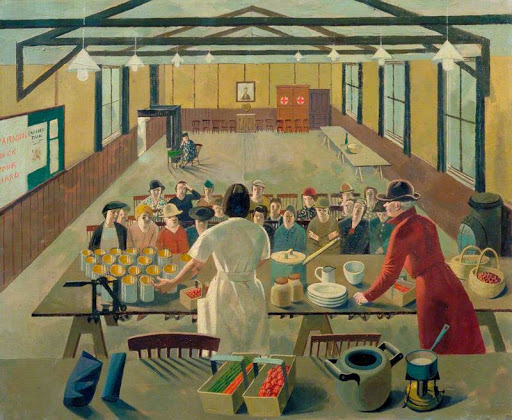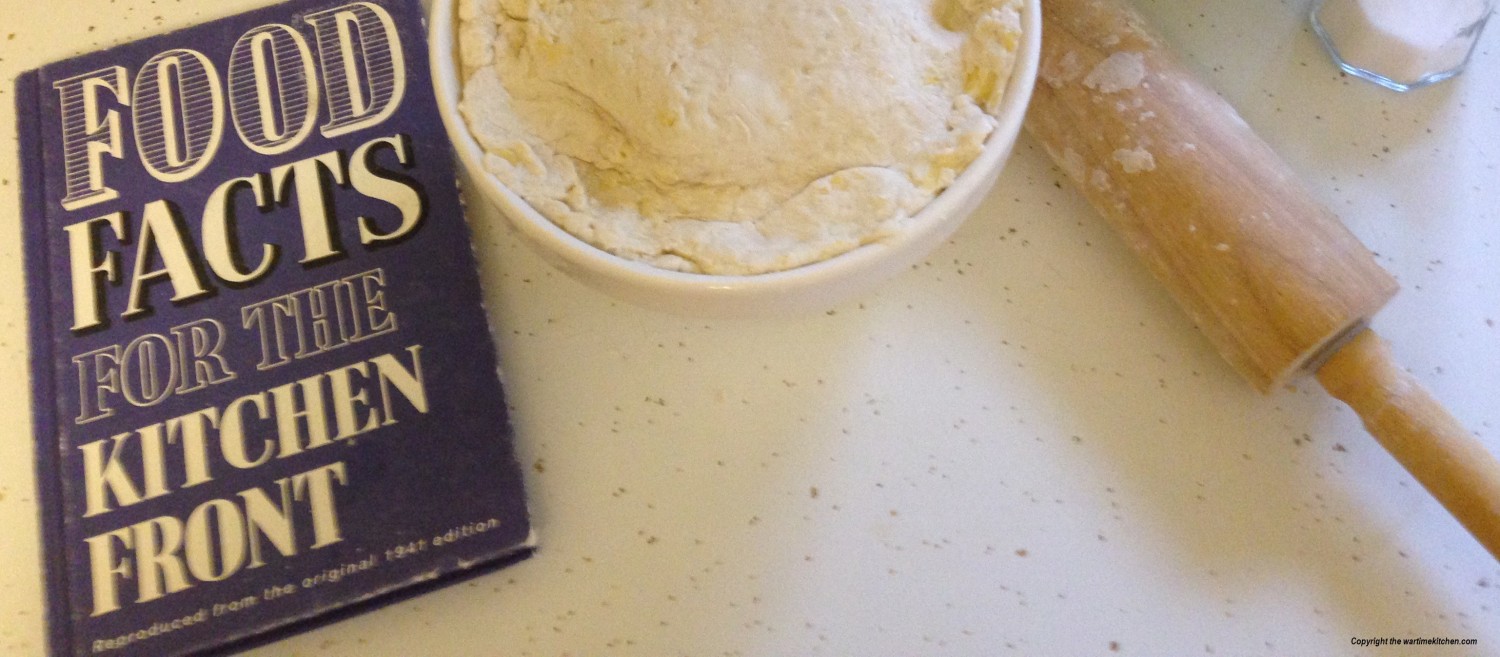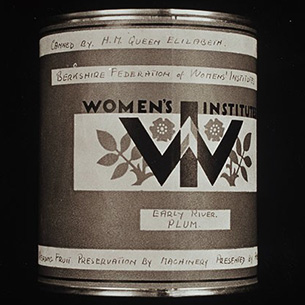
These were the days before refrigeration and freezing was common in household kitchens (and not just Britain — the refrigerator revolution did not sweep America until the late 1940s), so housewives still knew and used preservation techniques such as canning. The Ministry of Food educated people with leaflets, radio programmes and community demonstrations on the latest and greatest food preserving techniques, to ensure that no food went to waste.
Eggs could be kept fresher for a bit longer by rubbing them with lard to seal the pores, or for longer periods, by storing them in crocks under water with isinglass or waterglass mixed in, or by turning them into pickled eggs.
Canadian Women’s Institutes supported their sister British Women’s Institutes, by donating to them useful tools such as canning machines, etc, which could be shared out.
Preserving of fruits and vegetables was largely done in Kilner jars: glass jars with glass lids with a spring on them. You put a rubber ring around the neck of each jar before sealing it. You replaced the rubber rings each season.
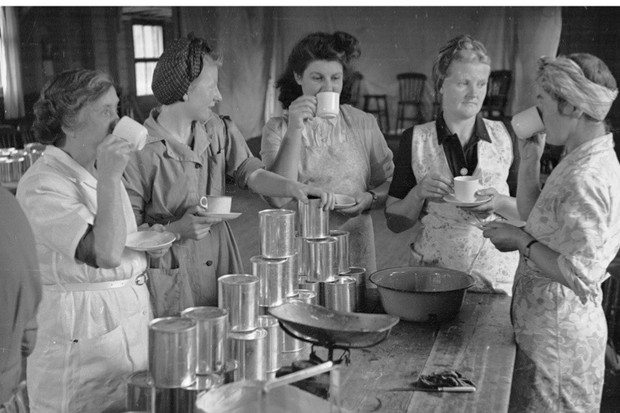
Even if you grew your own fruit, making jams and preserves from it was tricky as sugar was rationed and you weren’t likely to be able to get enough sugar, unless you had some food item you could swap with someone else for their sugar. Many people started saving up their sugar rations right at the start of the summer to help with canning time.(Some years, during the summer, the Ministry of Food was able to double the sugar rations to encourage home preserving.)
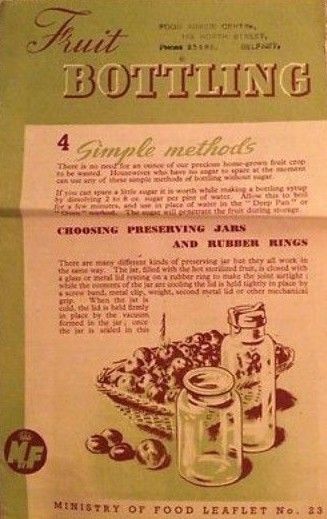
The Ministry of Food also advised people on how to cure and preserve meat. Pork or lamp chops could be preserved for up to six weeks by first cooking them, and then putting them in a crock completely covered with fat.- from cooksinfo.com
